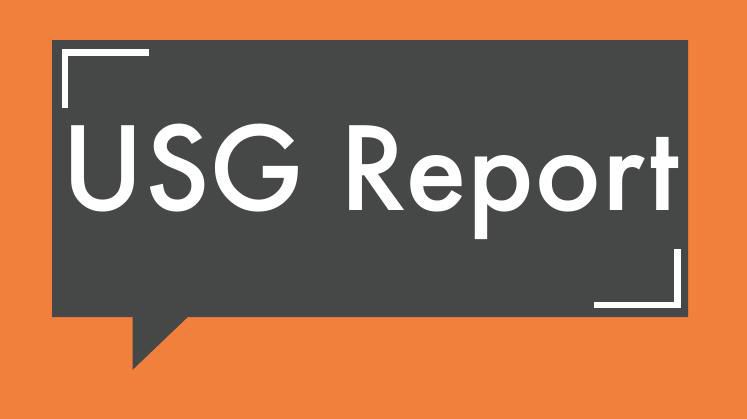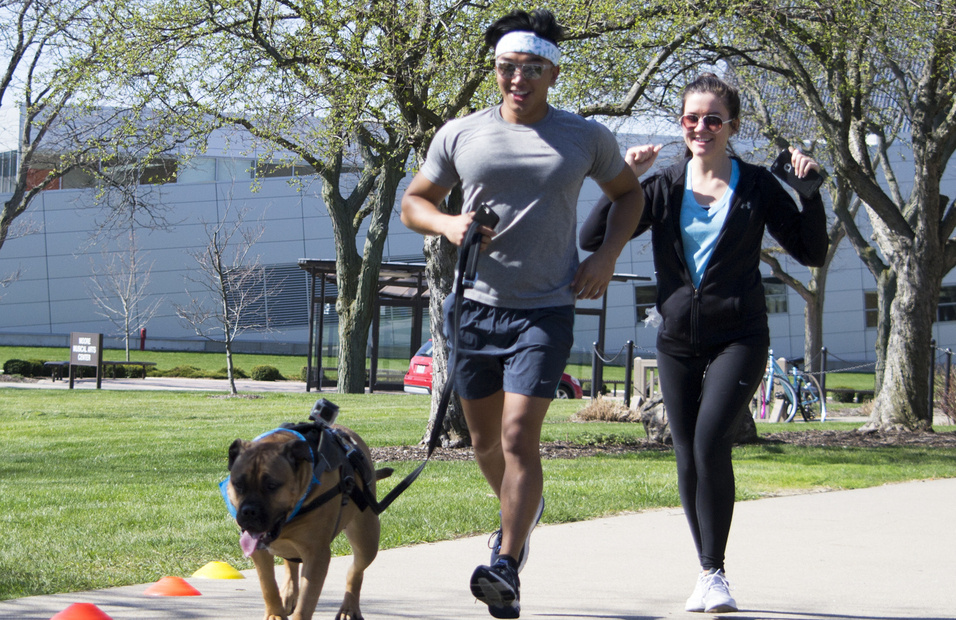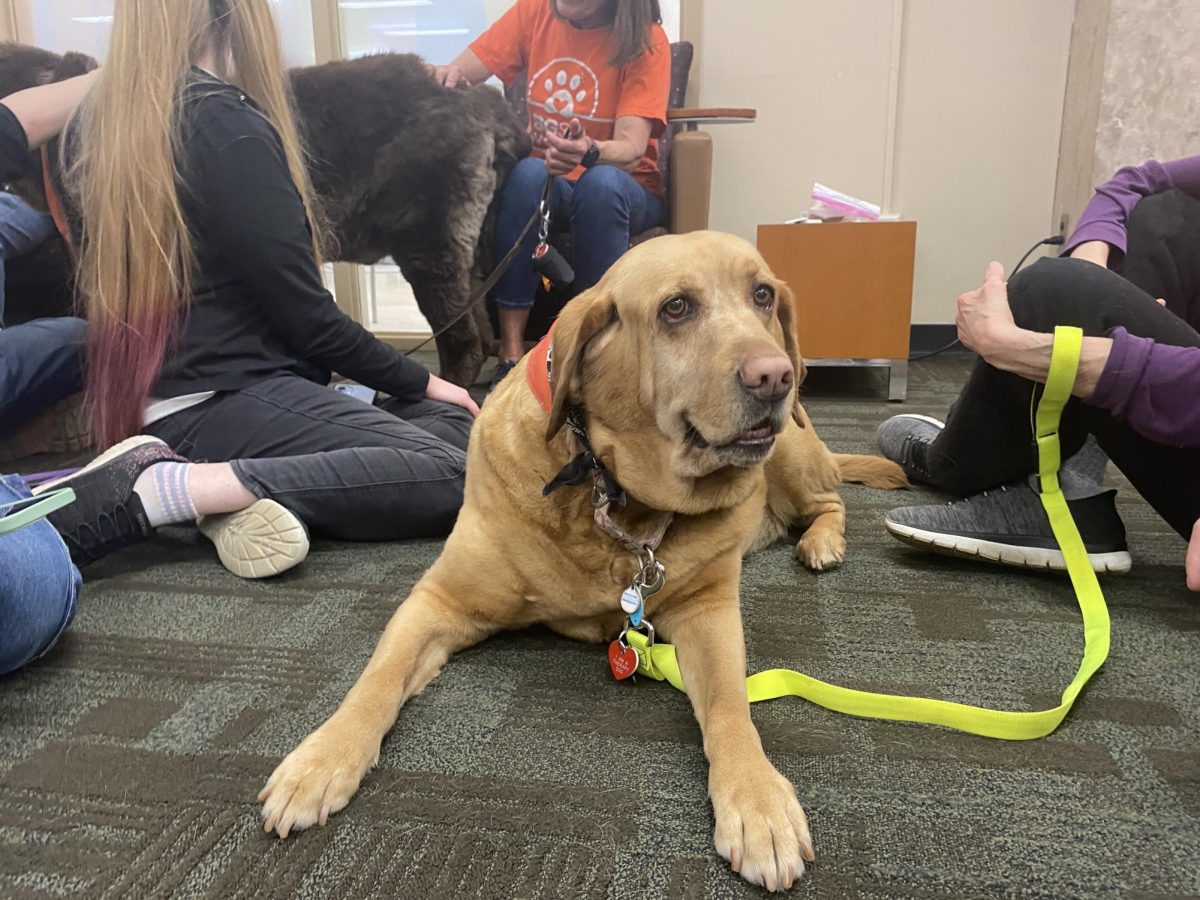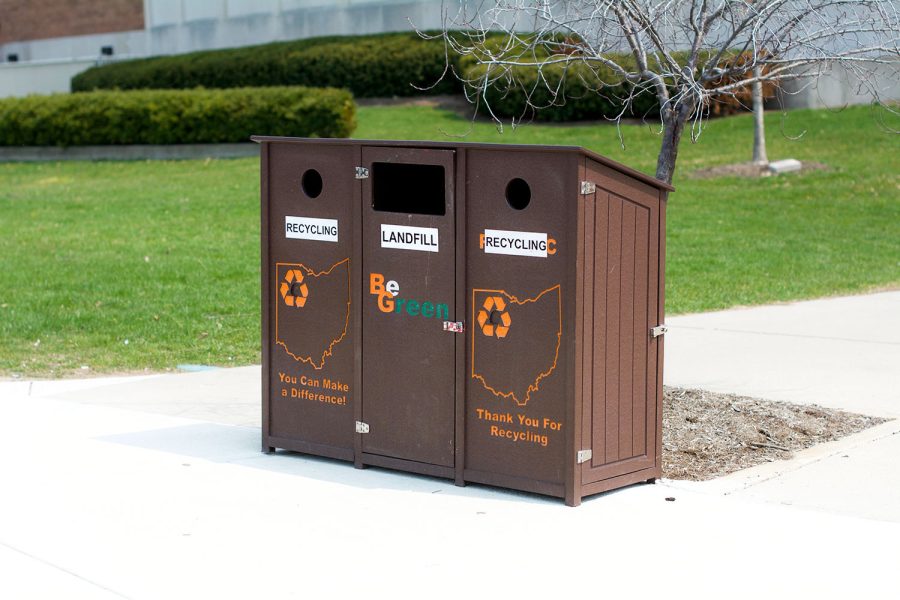By next spring, Blackboard will be a thing of the past, and every University course will be using Canvas.
The complete transition to Canvas will mark the end of the process that started roughly 18 months ago by John Ellinger, Chief Information Officer of Information Technology Services.
Ellinger initiated the discussion when he came to the University two years ago.
“When I started here, we were two updates behind on Blackboard, our utilization of Blackboard was low compared to our peers and a number of people didn’t like to use it,” Ellinger said.
Instead of going through the trouble of updating a system that was underused and disliked, Ellinger wanted to take a look at other options.
After an initial review of other systems and a trial process, Canvas was chosen as the best choice for the University.
Since then, approximately 750 courses and 12,500 students at the University have adopted Canvas.
The new users can expect several benefits from the switch, Ellinger said. For one thing, Canvas offers its users much more individual storage for files and projects.
Canvas also includes an e-portfolio system which acts as a permanent showcase for the work that a student produces.
For the faculty, Canvas offers a much more user-friendly interface and a consistent look and feel, Ellinger said.
Since September, the University has hosted semi-weekly faculty workshops to train teachers on the basics of Canvas as well as giving them an idea of the possibilities of the software. The workshop allows the faculty to develop their courses on Canvas with the help of fellow faculty.
Some of the faculty attending the workshops didn’t find them particularly useful, however.
“It’s not very intuitive,” said Sridevi Menon, an Ethnic Studies associate professor. “I was given the impression that it was supposed be fairly easy, but I haven’t found it to be so.”
Menon said that doing relatively simple things such as having her students post documents that the rest of the class could see was more difficult using Canvas.
“I’m presuming that once I’ve caught on to how it works, it might be easier then.” Menon said. “There’s definitely a learning curve associated with how best to use it”
Menon isn’t the only one who says that they need more practice with Canvas.
“I have the sense that I’m not using Canvas to its fullest potential,” said Susanna Pena, director of the School of Cultural and Critical Studies. “I suspect that there are things that I could be doing on Canvas that I couldn’t on Blackboard. I feel like a workshop explaining those things would be very helpful.”
While Pena may not be fully comfortable using Canvas, she said the system that allows students to receive notifications through Facebook, Twitter or email is very useful.
There are still some teachers who have yet to switch over completely to Canvas.
Valeria Grinberg Pla, an associate professor of Romance and Classical Studies, still uses Blackboard in all of her classes.
Grinberg Pla uses Blackboard extensively in her classes by giving her students extra readings, using the discussion board to communicate with her students and administering online quizzes among other things.
She has yet to attend the Canvas workshop and is unsure of what advantages or disadvantages the program has to offer.
“I’ve heard some people complain about it,” she said. “But I don’t know the reason why so I can’t agree or disagree with them.”













